10 Best Herbal Tinctures For Itchy Skin
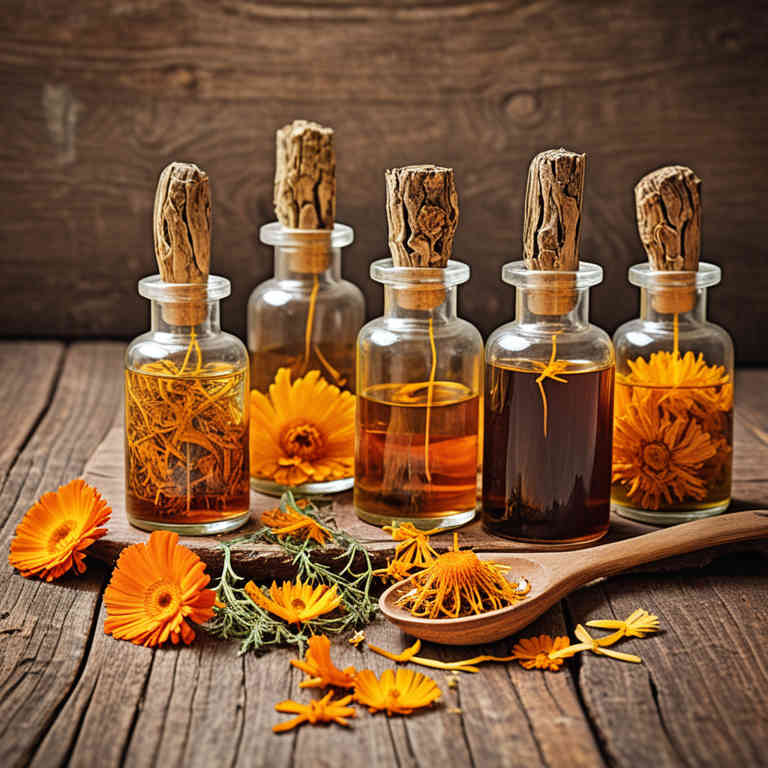
Herbal tinctures are concentrated liquid extracts made by soaking plant material in alcohol or glycerin, and they are commonly used to treat itchy skin due to their natural antifungal, antibacterial, and anti-inflammatory properties.
Commonly used herbs in these tinctures include calendula, chamomile, echinacea, and sage, which have been traditionally valued for their soothing and healing effects. When applied topically, these tinctures can help reduce redness, irritation, and itching caused by conditions such as eczema, psoriasis, or insect bites. However, it is important to dilute them properly with a carrier oil or water to avoid skin irritation, as some herbs may be too potent for direct application.
As with any natural remedy, it is advisable to consult a healthcare professional before using herbal tinctures, especially if you have sensitive skin or an underlying medical condition.
FREE COURSE
How to make medicinal herbal tinctures for common ailments at home and in a weekend (using the Healing Drops System).

Table of Contents
1. Calendula officinalis

Calendula officinalis herbal tinctures are traditionally used to soothe itchy skin due to their anti-inflammatory and antimicrobial properties.
These tinctures are derived from the dried flowers of the calendula plant, which has been used for centuries in herbal medicine. The active compounds in calendula, such as flavonoids and triterpenes, help reduce skin irritation and promote healing. When applied topically, calendula tinctures can provide relief from conditions like eczema, psoriasis, and insect bites.
However, it is important to perform a patch test before use, as some individuals may experience allergic reactions to the herb.
2. Hypericum perforatum
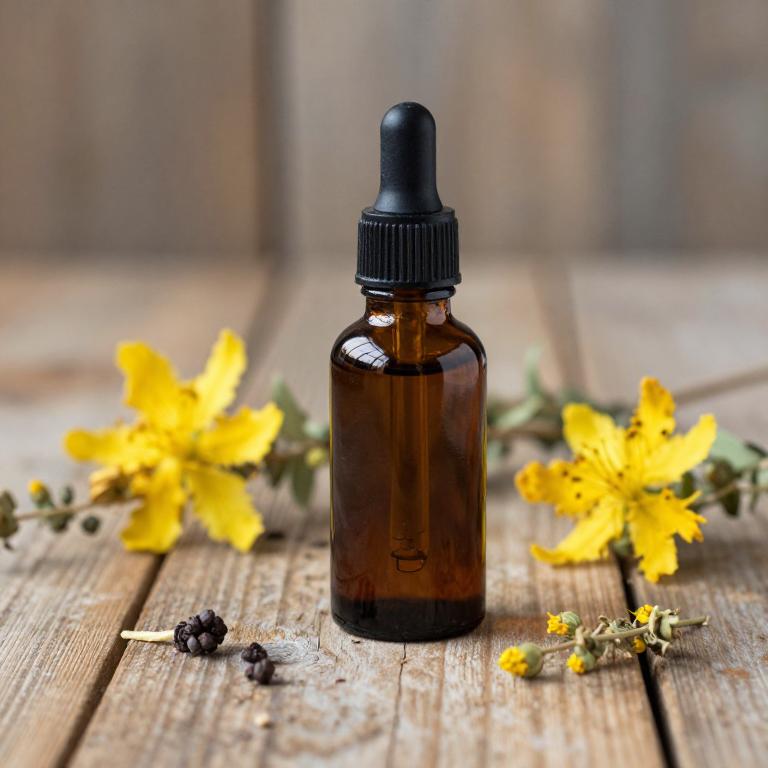
Hypericum perforatum, commonly known as St. John's Wort, is a herbal plant that has been traditionally used for its therapeutic properties, including its potential to soothe itchy skin.
When prepared as a tincture, Hypericum perforatum can be applied topically to alleviate skin irritation and reduce inflammation. The active compounds in the tincture, such as hypericin and hyperforin, may help to calm the skin and provide a natural antihistamine effect. However, it is important to consult with a healthcare provider before using it, especially if you are on medications, as it can interact with certain drugs.
Overall, Hypericum perforatum tinctures offer a natural alternative for managing itchy skin, though their effectiveness can vary depending on the individual and the underlying cause of the irritation.
3. Aloe barbadensis
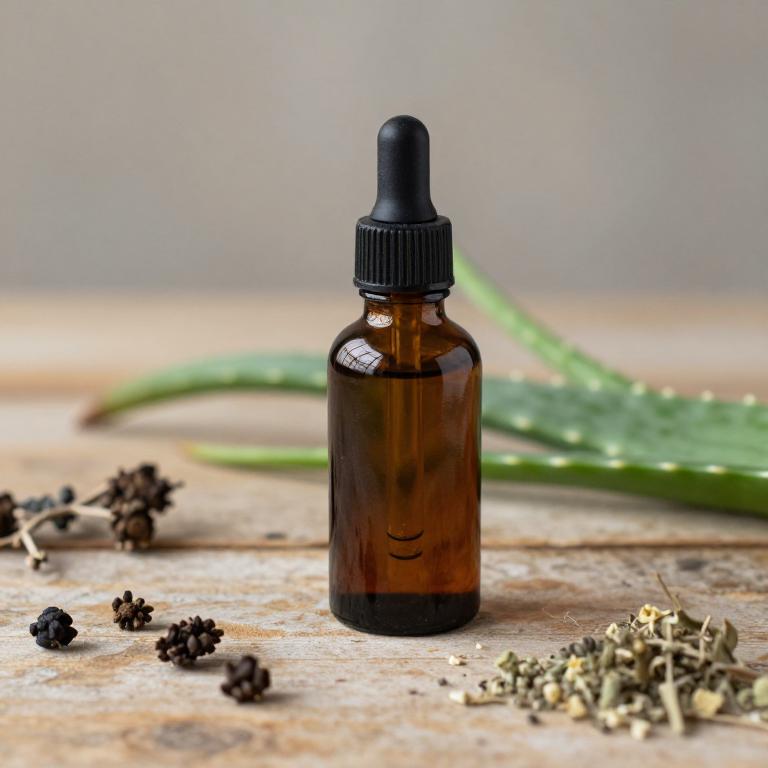
Aloe barbadensis, commonly known as aloe vera, is a popular herbal remedy used in tincture form to soothe itchy skin.
These tinctures are derived from the gel-like pulp of the aloe plant and are known for their anti-inflammatory and antimicrobial properties. When applied topically, aloe barbadensis tinctures can help reduce redness, irritation, and itching associated with conditions like eczema, psoriasis, or sunburn. The soothing effects of aloe are attributed to its ability to promote skin healing and hydration.
However, it is important to consult a healthcare professional before using aloe tinctures, especially if you have sensitive skin or are taking other medications.
4. Urtica dioica
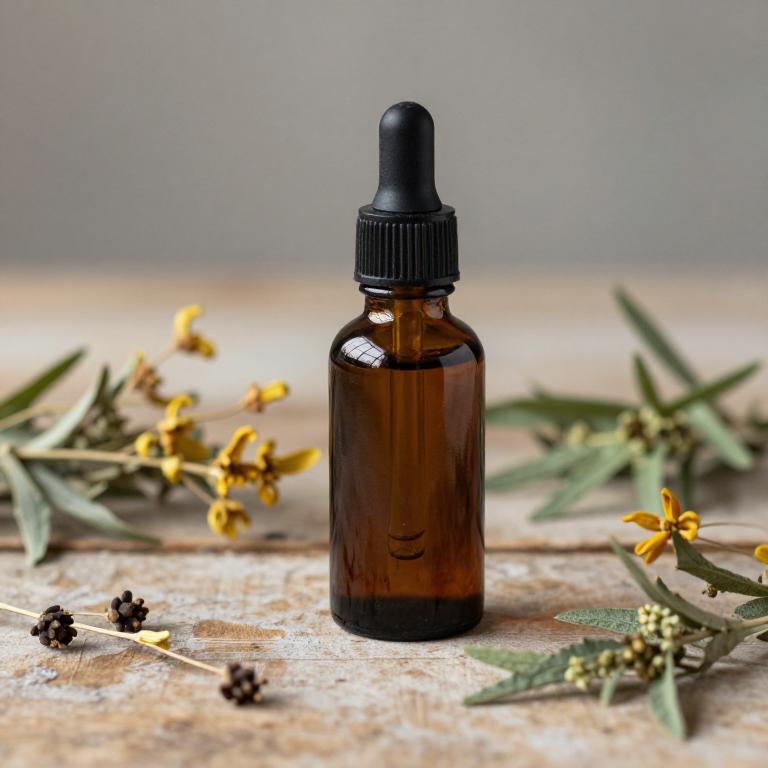
Urtica dioica, commonly known as stinging nettle, is a potent plant used in herbal tinctures to address itchy skin conditions.
When prepared as a tincture, it harnesses the plant's anti-inflammatory and antihistamine properties, which can help reduce skin irritation and redness. The active compounds in stinging nettle, such as histamine and acetylcholine, are often diluted in alcohol to create a safe topical application. This tincture is particularly beneficial for individuals suffering from eczema, hives, or allergic reactions.
However, it is important to dilute the tincture properly and perform a patch test before applying it to larger areas of the skin.
5. Echinacea purpurea
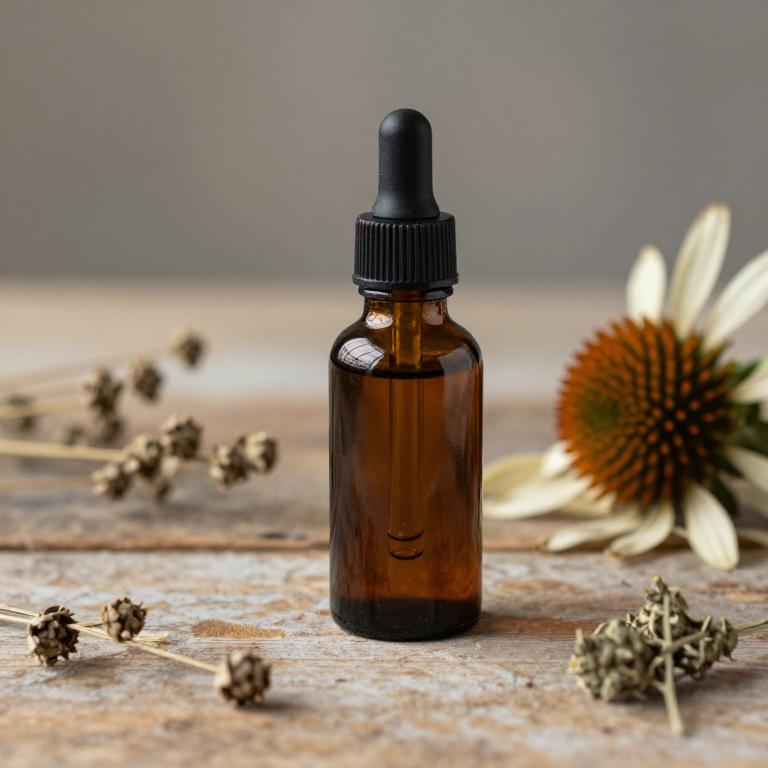
Echinacea purpurea herbal tinctures are traditionally used to support the immune system and may offer relief for itchy skin due to their anti-inflammatory and antiseptic properties.
These tinctures are typically made by soaking the dried roots and leaves of the echinacea plant in alcohol, which helps extract its active compounds. While not a direct treatment for itching, echinacea may help reduce skin irritation by promoting healing and reducing inflammation. Some people use diluted echinacea tinctures topically to soothe minor skin irritations or allergic reactions.
However, it is important to consult a healthcare provider before using echinacea, especially if you have a known allergy or are taking other medications.
6. Lavandula angustifolia
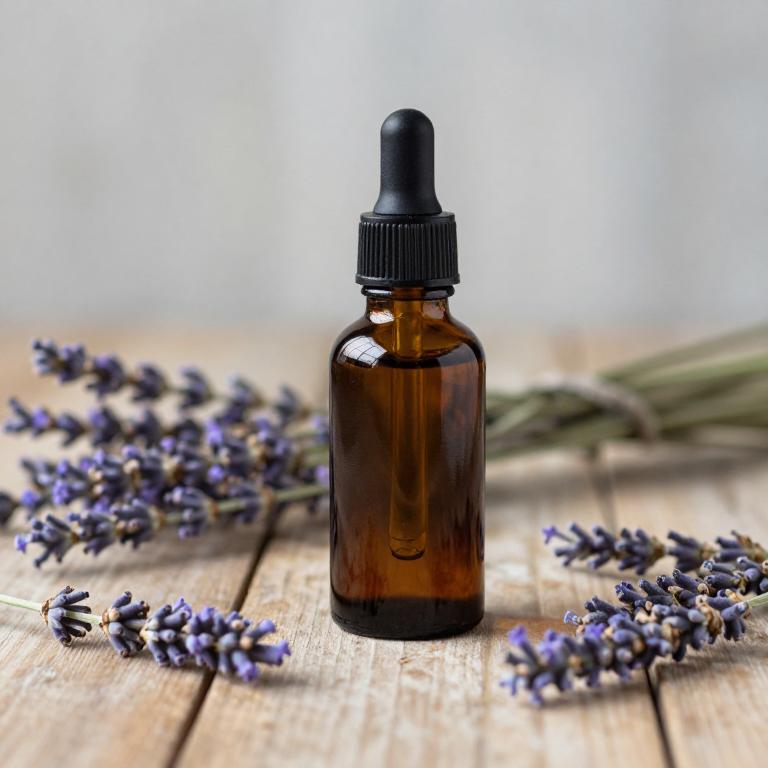
Lavandula angustifolia, commonly known as English lavender, is widely used in herbal tinctures for its soothing and anti-inflammatory properties.
These tinctures are often applied topically to relieve itchy skin caused by conditions such as eczema, psoriasis, or insect bites. The essential oils in lavender tinctures have a calming effect that can reduce irritation and promote skin healing. Due to its natural antiseptic and analgesic qualities, lavender tinctures are a popular choice in natural remedies for skin discomfort.
However, it is important to dilute the tincture properly before applying it to the skin to avoid potential irritation.
7. Chamomilla recutita
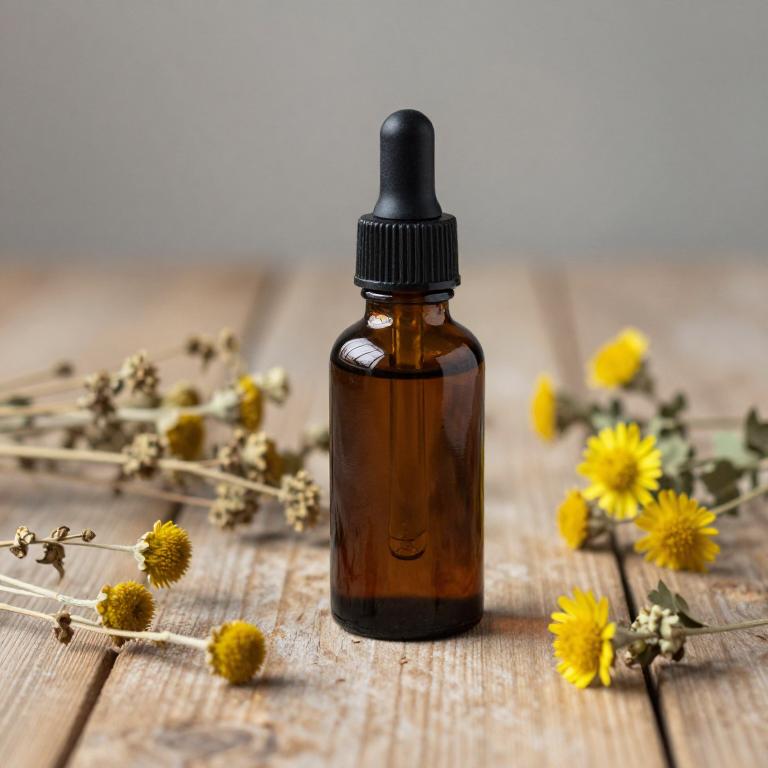
Chamomilla recutita, commonly known as German chamomile, is a popular herbal remedy used in tincture form to alleviate itchy skin due to its anti-inflammatory and antihistaminic properties.
The tincture is typically prepared by soaking the dried flowers in alcohol, allowing the active compounds such as bisabolol and chamazulene to be extracted. These compounds help soothe irritation and reduce redness, making the tincture effective for conditions like eczema, psoriasis, and insect bites. When applied topically, chamomilla recutita tinctures can provide relief by calming the skin and reducing allergic reactions.
However, it is important to perform a patch test first, as some individuals may experience allergic reactions to the herb.
8. Symphytum officinale
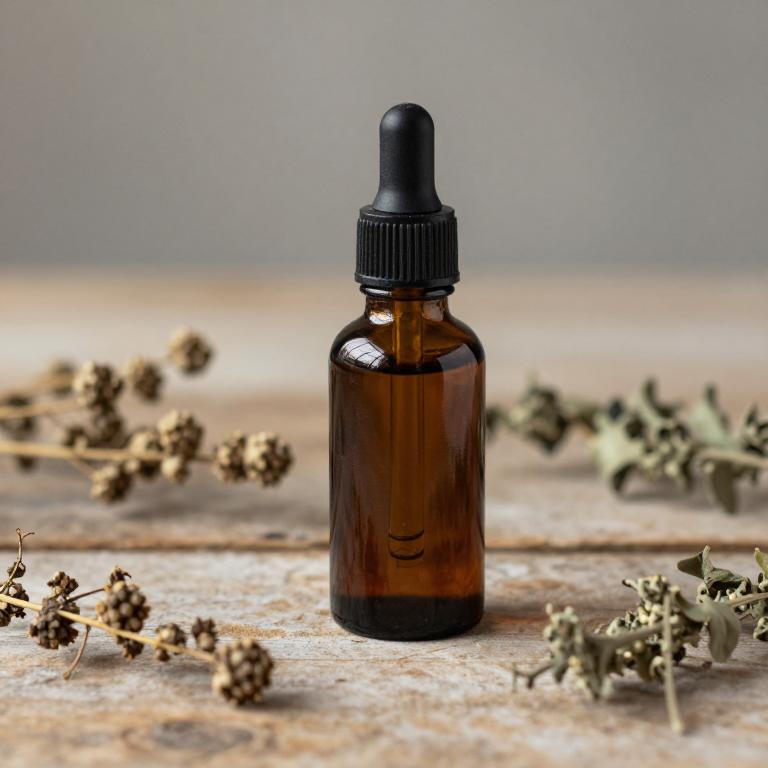
Symphytum officinale, commonly known as comfrey, is a traditional herbal remedy that has been used for centuries to address skin conditions, including itchy skin.
Its tincture form, made by soaking the plant in alcohol, is believed to have anti-inflammatory and healing properties that can soothe irritated skin. When applied topically, Symphytum officinale tinctures may help reduce redness, irritation, and itching by promoting skin repair and reducing inflammation. However, it is important to note that internal use of comfrey tinctures is discouraged due to potential toxicity from its pyrrolizidine alkaloids.
As with any herbal remedy, it is advisable to consult with a healthcare professional before using Symphytum officinale tinctures, especially for prolonged or severe skin conditions.
9. Camellia sinensis
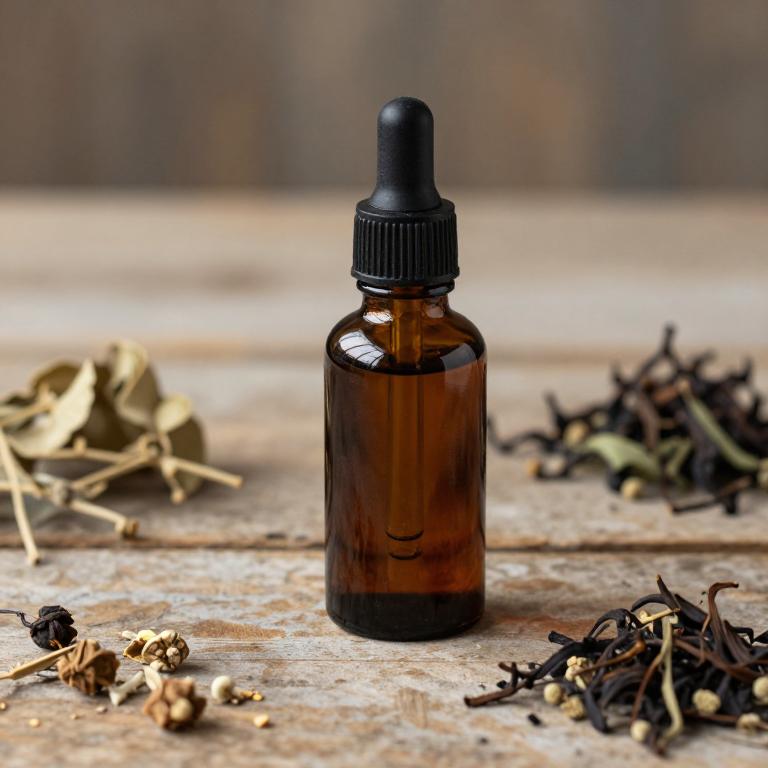
Camellia sinensis, the plant from which green and black teas are derived, is also used in herbal tinctures for its potential soothing properties.
These tinctures are often prepared by extracting the leaves with alcohol to create a concentrated form of the plant's active compounds. Camellia sinensis tinctures may help alleviate itchy skin due to their anti-inflammatory and antioxidant properties, which can reduce irritation and redness. Some individuals use these tinctures topically as a natural remedy for conditions like eczema or psoriasis.
However, it is important to consult a healthcare professional before using camellia sinensis tinctures, especially if you have sensitive skin or are taking other medications.
10. Plantago major
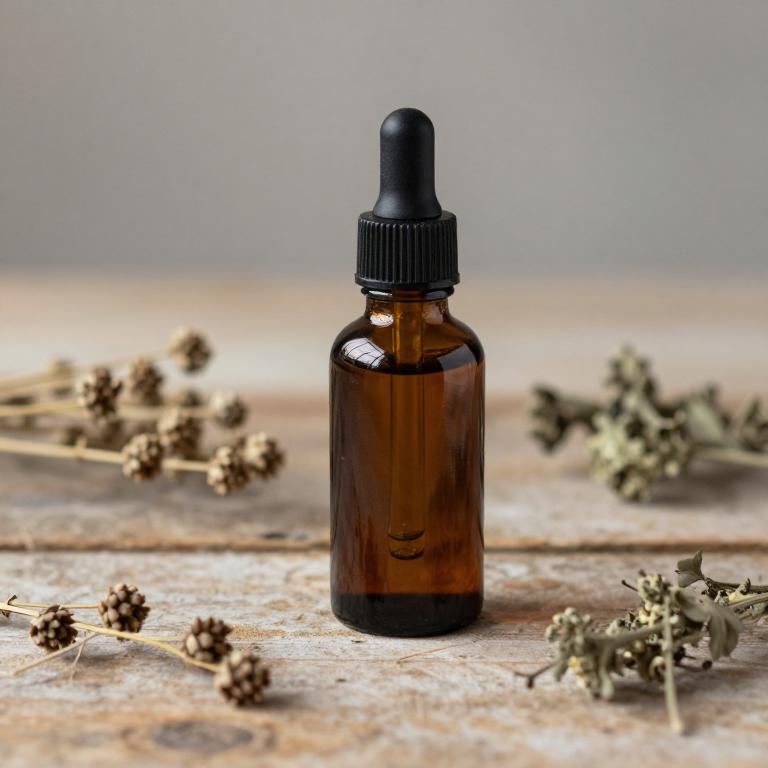
Plantago major, commonly known as broadleaf plantain, has been traditionally used for its soothing properties, and its herbal tinctures are increasingly popular for relieving itchy skin.
The tincture is made by extracting the active compounds from the leaves using alcohol, which helps preserve the medicinal properties. It is believed to have anti-inflammatory and antiseptic qualities that can help reduce irritation and promote skin healing. Many people use Plantago major tinctures as a natural alternative to conventional antihistamines or topical creams for conditions like eczema or insect bites.
However, it is important to consult a healthcare professional before use, especially if you have known allergies or are taking other medications.